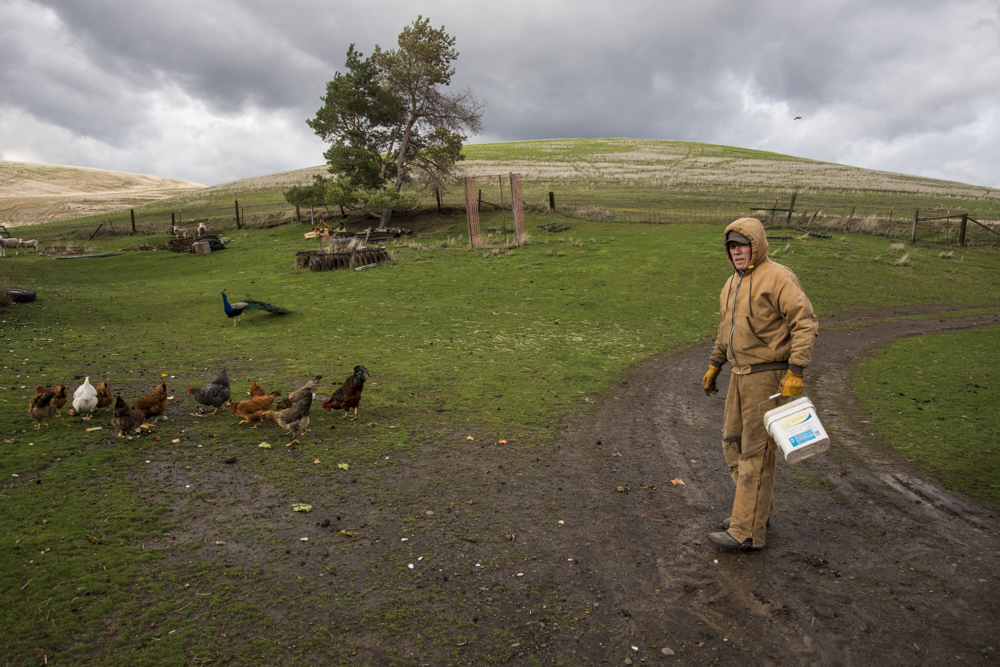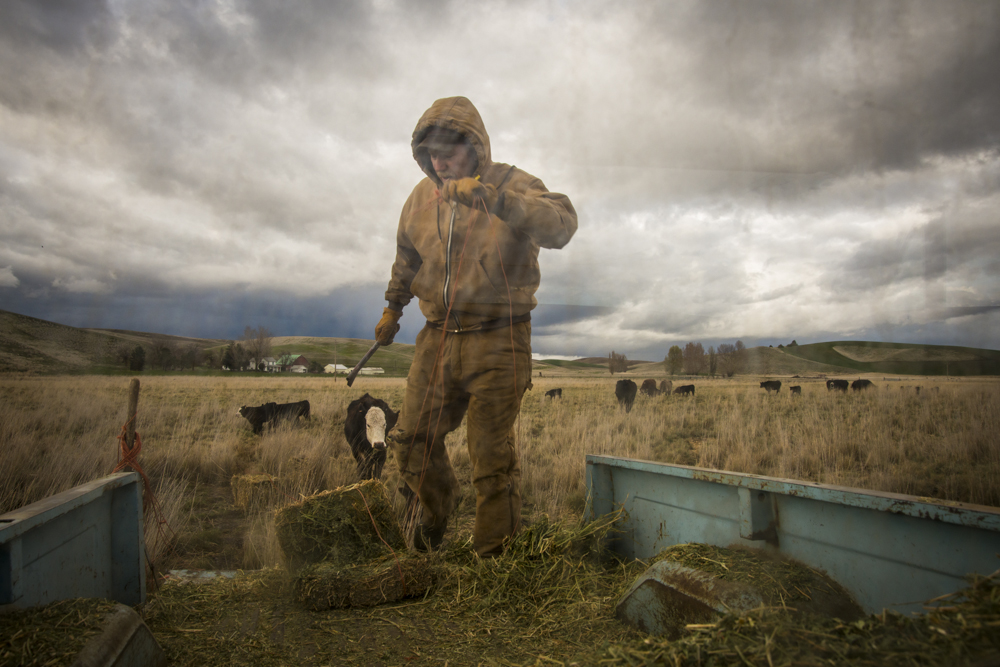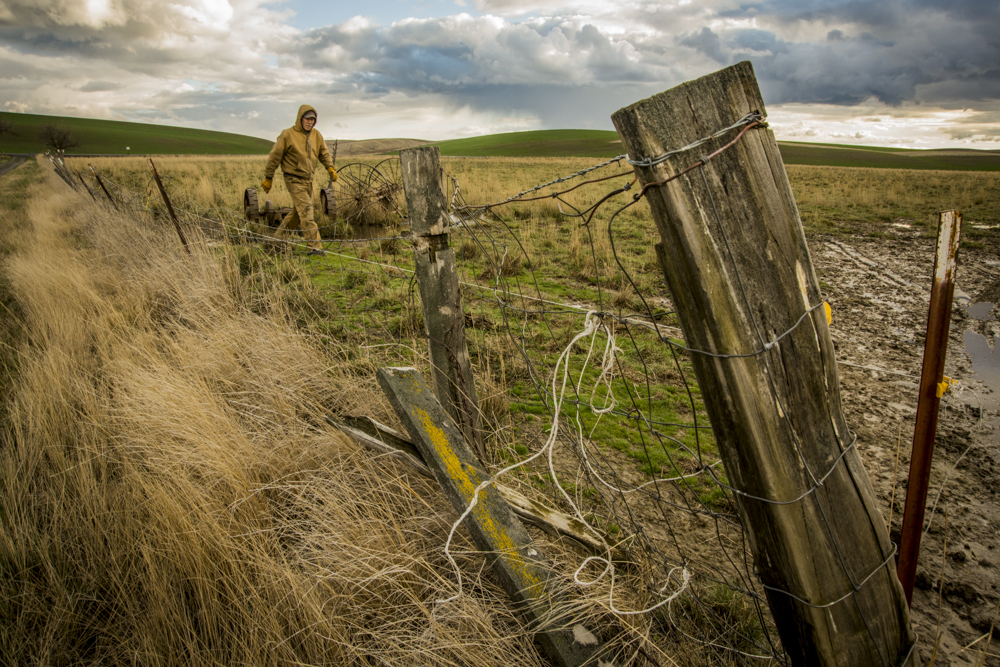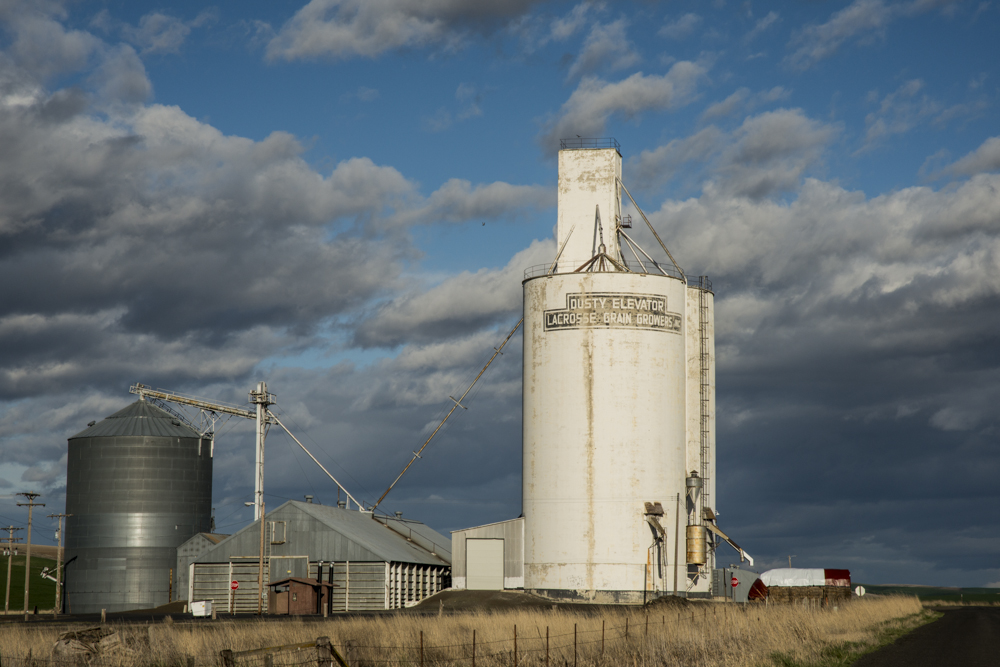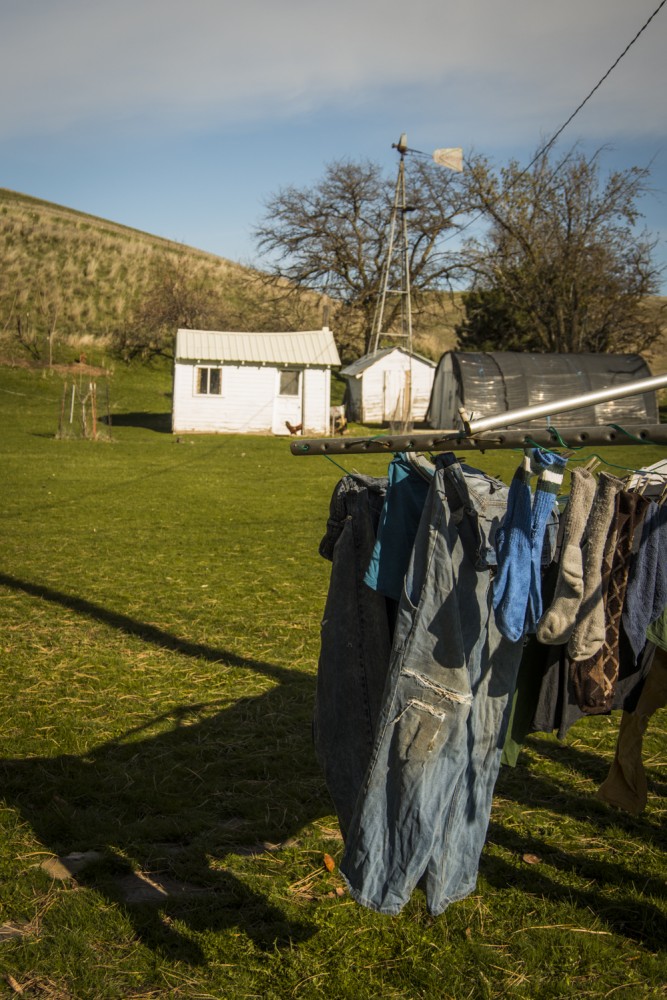Fourth-Generation Wheat Farmer in Dusty, Washington
-
PhotographerAlison M. Jones, No Water No Life, United States
-
StudioNo Water No Life
-
Website
CONSERVATION THROUGH PHOTOGRAPHY
My photography began in Africa in 1985. Since, I?ve created fine art prints, stock images and photo essays in books and magazines and received an Honorary Masters Degree in Photography from Brooks Institute. I lecture, coach photography and lead expeditions. My frequent photographic trips to Africa are often on assignment for nonprofits fighting poverty, disease, and threatened resources and biodiversity.
A student of community-based conservation, I focus on endangered wildlife, struggling communities and threatened landscapes. Atop Kilimanjaro I saw glaciers that will melt away by 2015. In villages, slums and hospitals, I?ve witnessed the fight against diseases caused by polluted and dwindling water supplies. On Ethiopia?s Omo River, I?ve seen some of Africa?s most remote tribes eke out a subsistence existence on dusty riverbanks.
The Human Footprint I?ve flown as a copilot over 2000 miles of waterways, photographing rivers as vital ribbons of life. As an aerial witness to the human footprint, I?ve seen watersheds being deforested and lakes disappearing. Lake Chad is 1/20th of its size in 1970. Kenya has lost 50% of its forests in the last 25 years. The disappearance of wilderness and those suffering as a result have deeply touched me.
Community-Based Conservation Since 2000, I?ve been involved in the establishment of Kenya?s Mara Conservancy. Its management approach, serving Maasai landowners, is a model many are now copying. Studying forest ecology at Columbia University, I created a 100-page ?Proposed Management Plan for Ethiopia?s Nech Sar National Park.? Both parks are vulnerable to the competition for land between wildlife and expanding human populations, a struggle I?ve observed all over Africa and complicated now by climate change issues. For years I?ve watched the annual migration of wildebeest to the Mara River, which supports over 2 million animals and 12 million Kenyans and Tanzanians. Yet, in the last two dry seasons the Mara River has almost disappeared, a phenomenon never before observed, and this winter, it had the highest floods recorded in 50 years.
Water: The Most Essential Resource My great concern is the vulnerability of our clean freshwater resources. Today 1.5 billion people live without safe drinking water. UN predictions of wars over water are already a reality in arid areas of Africa and the mid East. For participants on safaris I?ve, I produced a No Water No Life? journal with statistics, photos and possible solutions. No Water No Life is now a nonprofit, documentary project combining the powers of photography, science and stakeholder knowledge to focus public attention on watershed degradation and management solutions by.
Photography: A Tool for Conservation Photography can turn around poverty-stricken, disease-ridden and environmentally destructive scenarios. As a Fellow of the International League of Conservation Photographers, I am part of a network of scientists, conservationists, and photographers using visual imagery to bridge the gaps between a Ph. D. ecologist and a nomadic goat herder, between a Louisiana city and an African village. Photography can help motivate the protection of the resources that sustain us.
